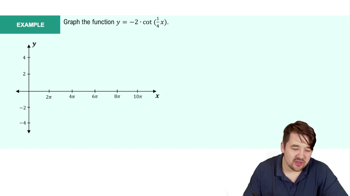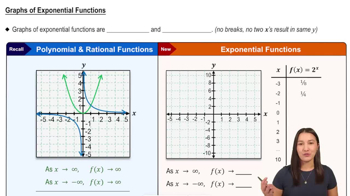In Exercises 49–52, graph each function. Then use the function’s first derivative to explain what you see.
y = 𝓍²/³ + (𝓍―1)²/³
 Verified step by step guidance
Verified step by step guidance Verified video answer for a similar problem:
Verified video answer for a similar problem:



 11:41m
11:41mMaster Summary of Curve Sketching with a bite sized video explanation from Patrick
Start learning